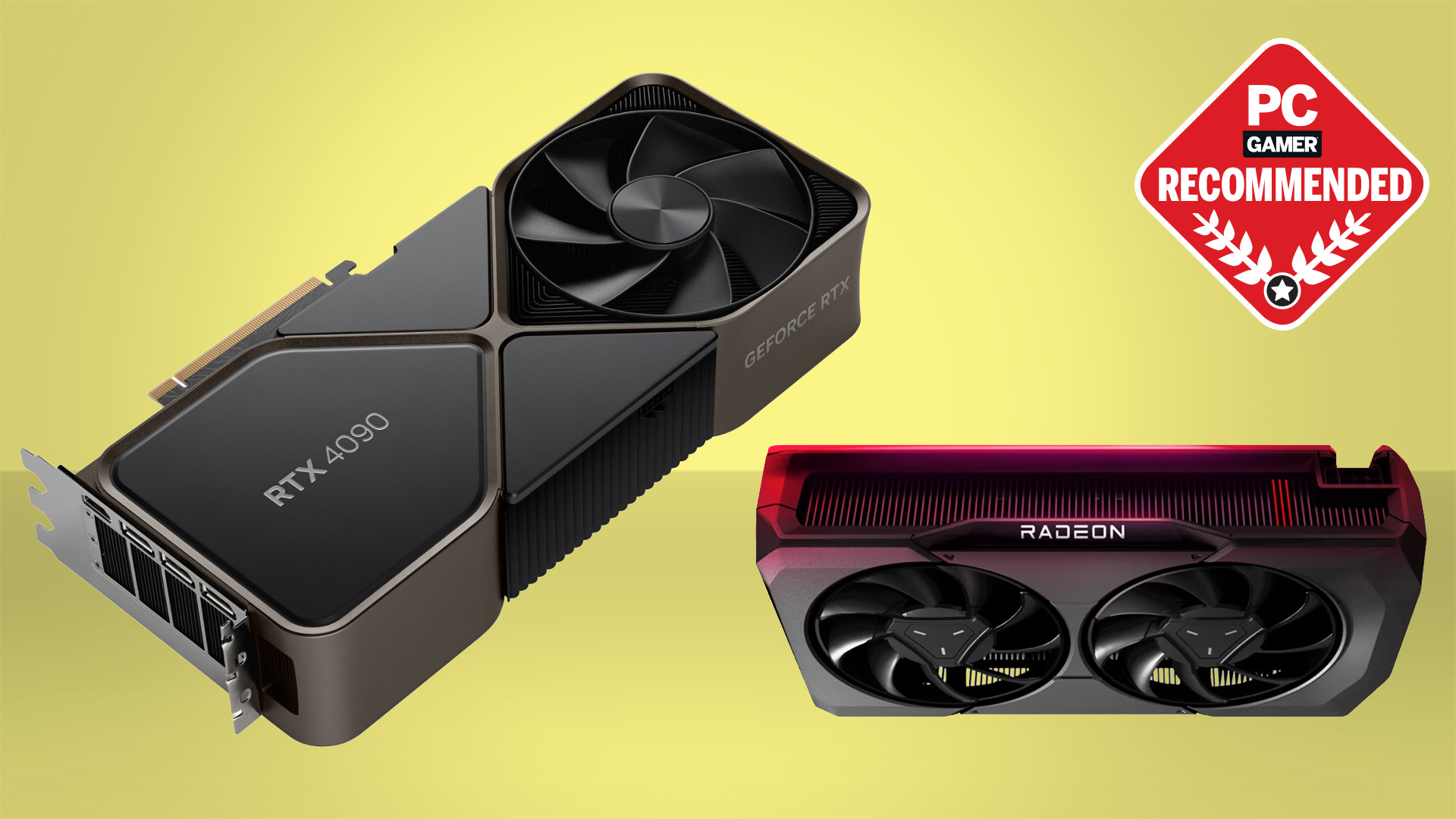Best Graphics Card For Gaming And 3d Modeling

The lines between gaming and professional 3D modeling are blurring, prompting consumers to seek graphics cards capable of excelling in both arenas. Finding the optimal balance of performance, features, and cost requires careful consideration of evolving technology and software demands.
This article examines the current landscape of graphics cards, identifying top contenders for users demanding peak performance in both gaming and 3D modeling. It considers benchmarks, architectural differences, and software compatibility to guide informed purchasing decisions.
Performance Powerhouses: Balancing Gaming and Modeling
The current high-end market is dominated by Nvidia and AMD, with each company offering solutions that cater to different user priorities and budgets. While dedicated workstation cards like Nvidia's RTX A-series and AMD's Radeon Pro series exist, their high cost often makes them inaccessible for gamers or hobbyist 3D modelers.
Therefore, this article focuses on consumer-grade cards that offer significant performance in both gaming and professional applications. These cards leverage advances in ray tracing, AI-assisted rendering, and memory bandwidth to deliver a versatile experience.
Nvidia's RTX 40 Series: A Ray Tracing Leader
Nvidia's RTX 40 series, particularly the RTX 4080 and RTX 4090, currently reigns supreme in terms of raw performance across a wide variety of games and 3D modeling software. These cards leverage Nvidia's Ada Lovelace architecture, offering substantial improvements in ray tracing capabilities and AI-powered features like DLSS 3.
For 3D modeling, the RTX 40 series cards benefit from their CUDA cores, which are heavily utilized by many professional applications like Blender, Maya, and 3ds Max. The ample VRAM, particularly on the RTX 4090, is crucial for handling large and complex 3D scenes.
AMD's Radeon RX 7000 Series: A Cost-Effective Alternative
AMD's Radeon RX 7000 series, including the RX 7900 XTX and RX 7900 XT, provides a compelling alternative for users seeking high performance at a potentially lower price point. These cards utilize AMD's RDNA 3 architecture, offering advancements in rasterization performance and ray tracing capabilities.
While traditionally AMD cards have lagged behind Nvidia in ray tracing performance, the RX 7000 series has significantly closed the gap. Furthermore, AMD cards can be highly competitive in certain 3D modeling applications, particularly those that heavily utilize open standards like OpenCL.
Software Compatibility and Driver Support: One key consideration when choosing between Nvidia and AMD is software compatibility and driver support. While both companies provide excellent drivers, some professional applications may be more optimized for Nvidia cards due to its CUDA ecosystem.
Users should research the specific software they intend to use and consult compatibility lists and benchmarks to determine the best choice. Driver updates can also significantly impact performance, so it is important to stay informed about the latest releases.
The Impact on Creators and Gamers
The availability of powerful graphics cards capable of excelling in both gaming and 3D modeling has a significant impact on creators and gamers alike. For gamers, it means enjoying higher resolutions, frame rates, and visual fidelity in the latest games.
For 3D modelers, it enables them to work on more complex projects, iterate faster, and achieve higher levels of realism. This convergence of gaming and professional applications is fostering a new generation of hybrid creators who seamlessly blend entertainment and productivity.
This trend is further fueled by the rise of game development tools like Unreal Engine and Unity, which are increasingly used for architectural visualization, product design, and other professional applications. These tools benefit from the same hardware acceleration as traditional games, making powerful graphics cards essential for both gaming and 3D modeling.
Ultimately, the best graphics card for gaming and 3D modeling depends on individual needs and priorities. By carefully considering performance benchmarks, software compatibility, and budget constraints, users can make an informed decision and unlock their creative potential.

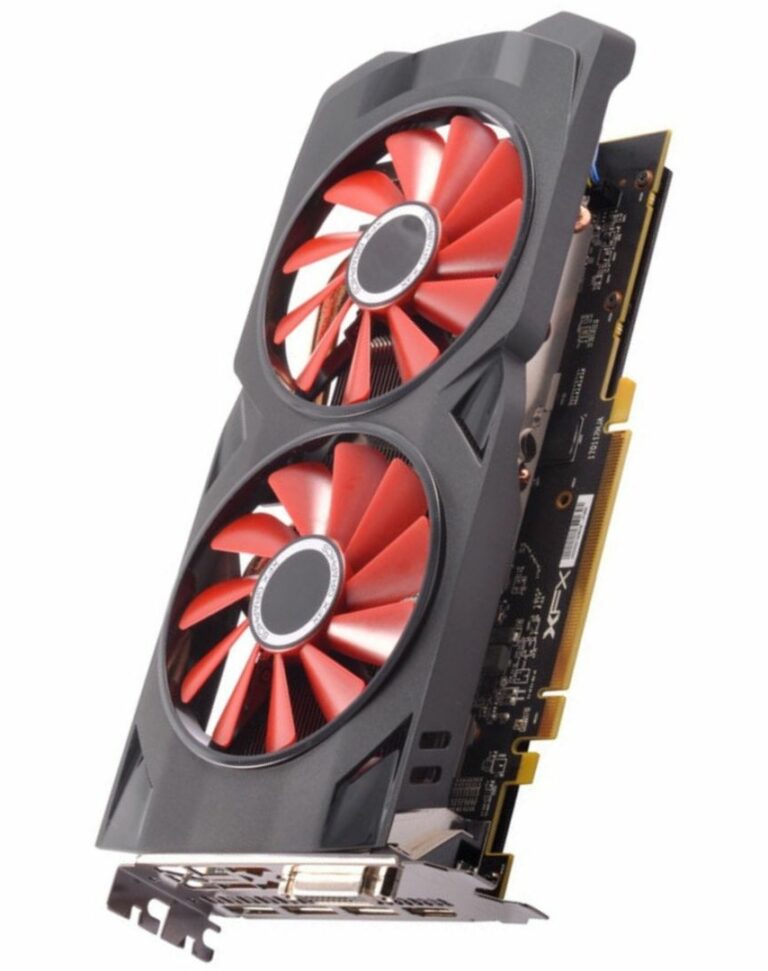

![Best Graphics Card For Gaming And 3d Modeling The Best Graphics Cards for 3D Modeling & Rendering [2024]](https://gpurepublic.com/wp-content/uploads/2021/08/3d-workload-GPUs-1000x600.jpg)


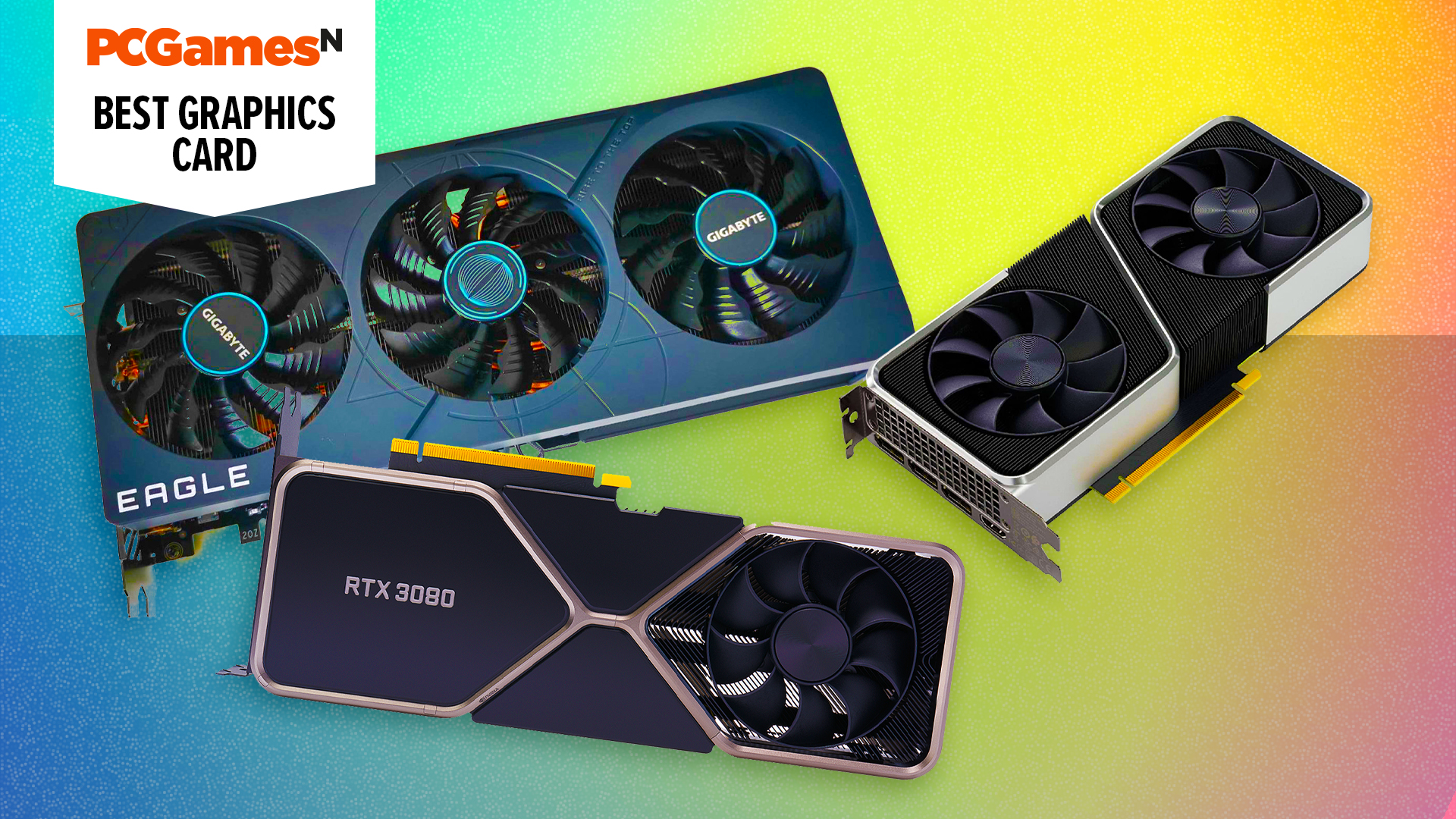

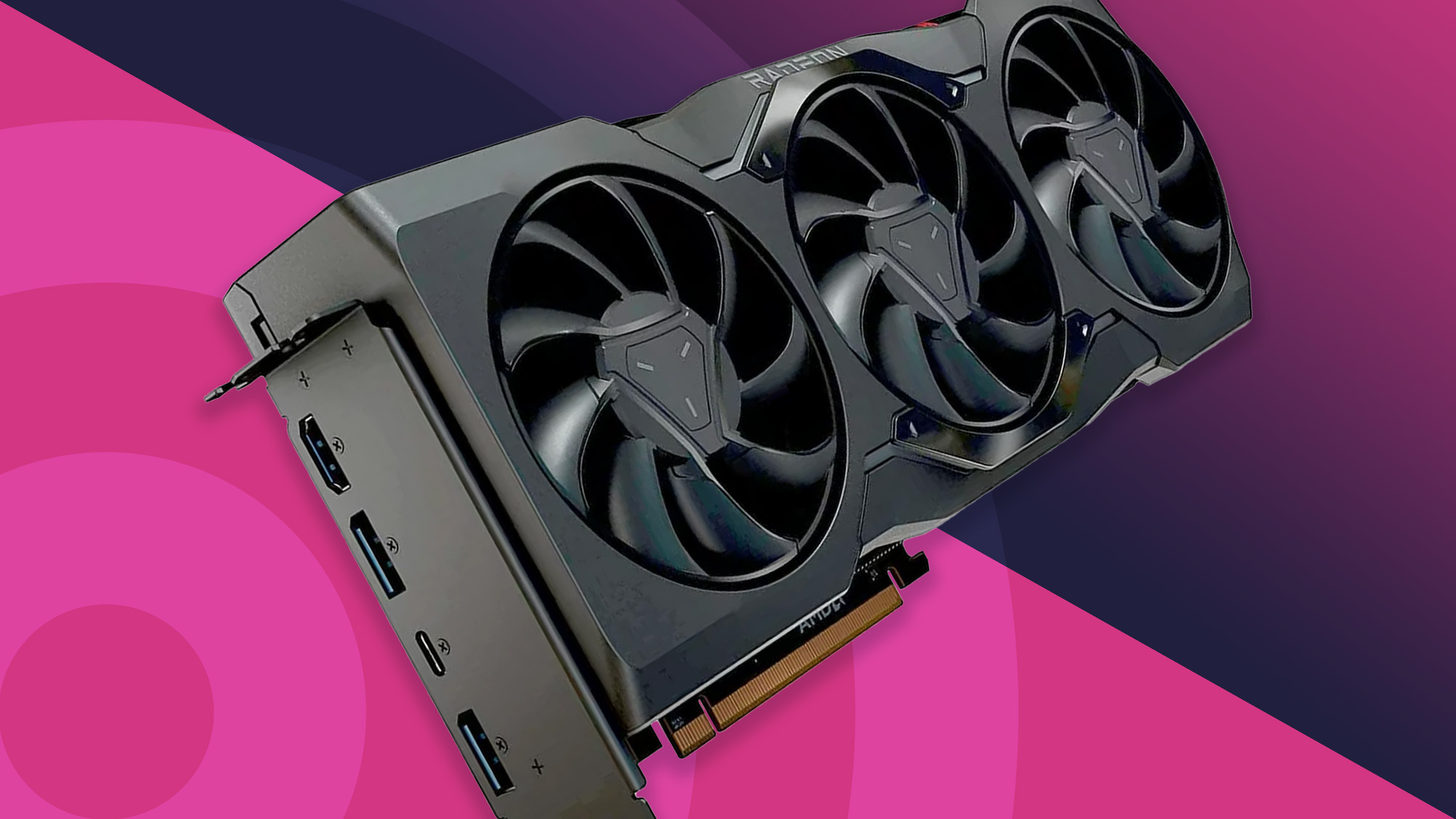

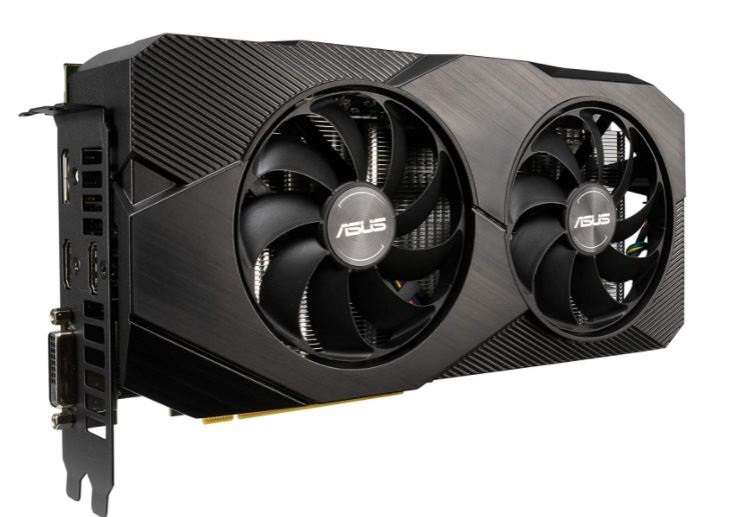
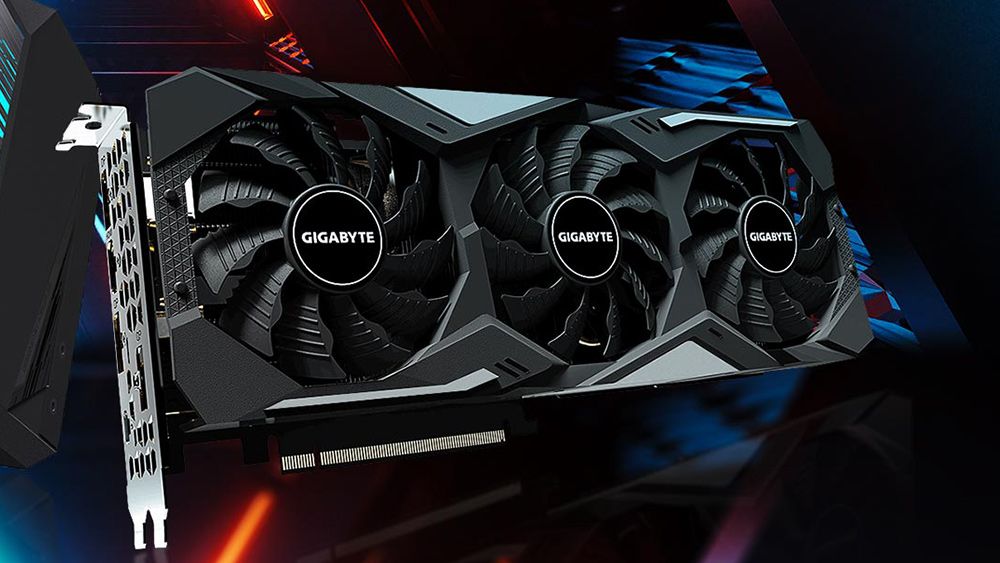
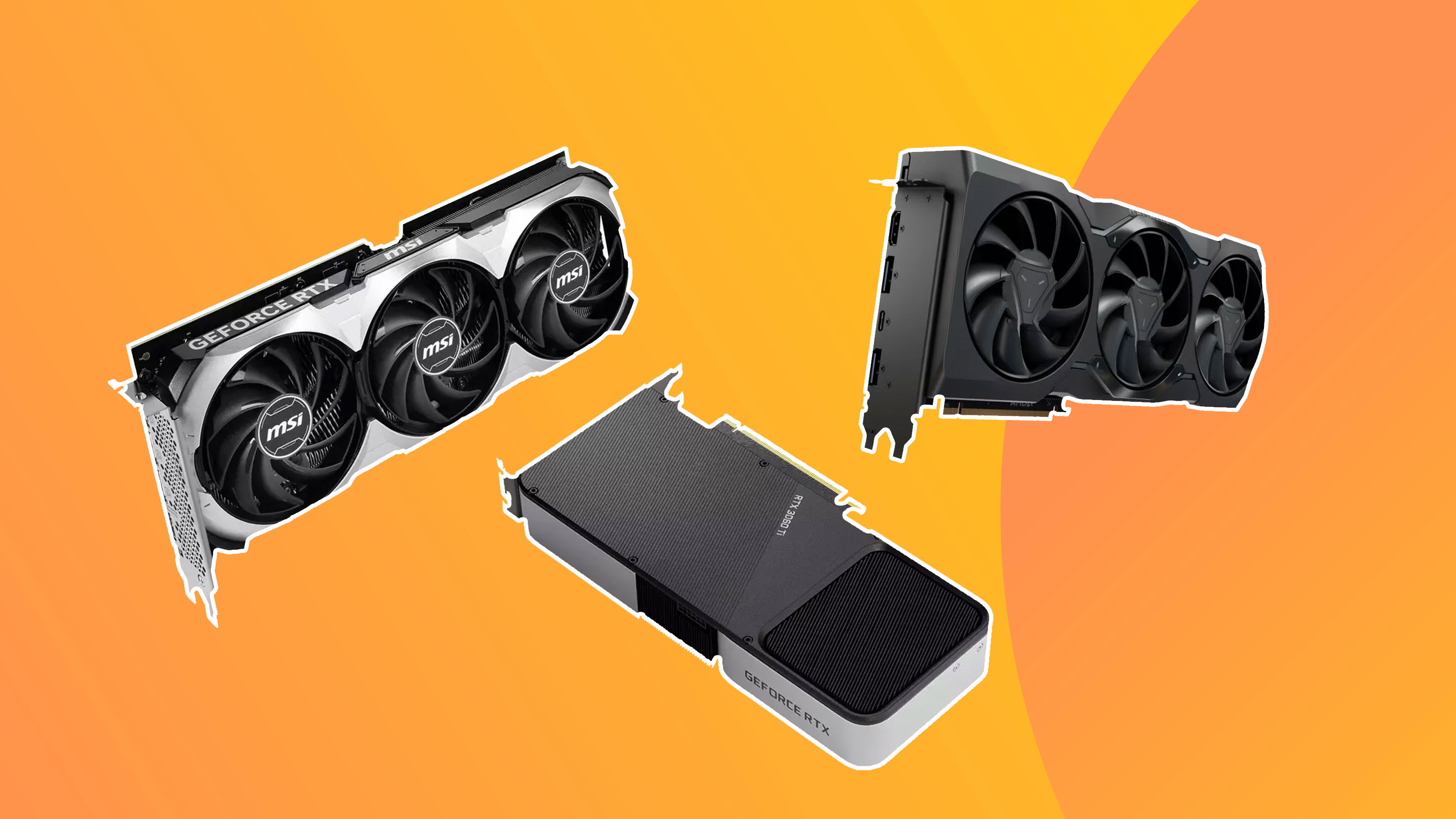
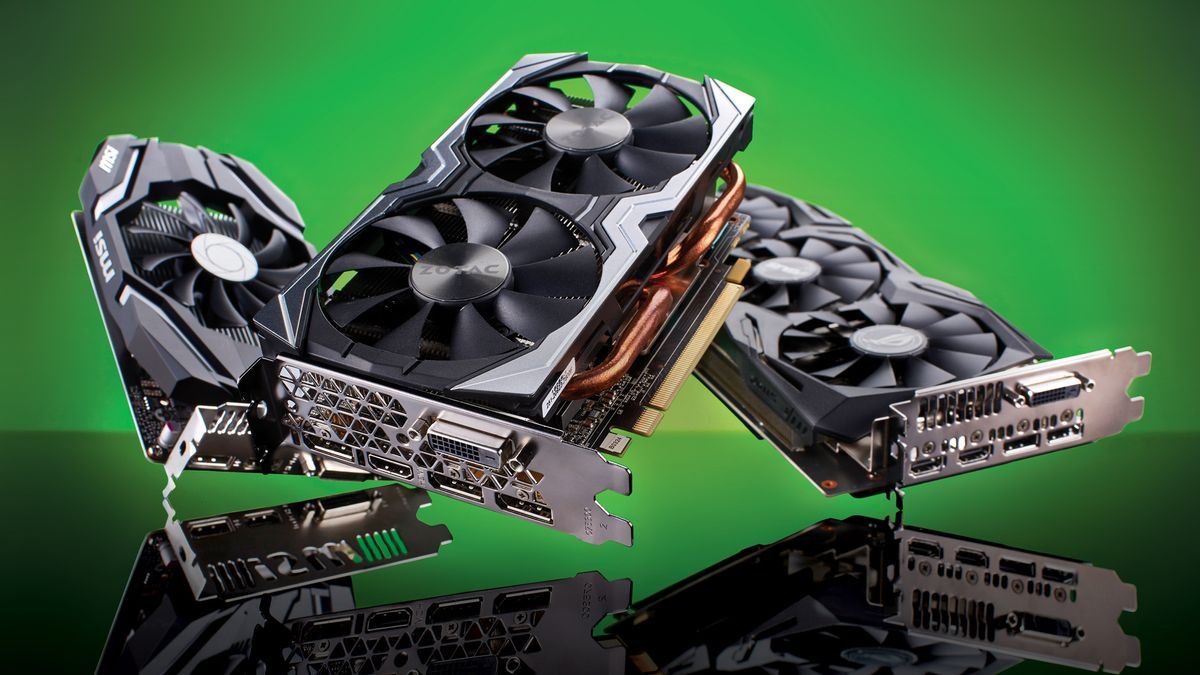
![Best Graphics Card For Gaming And 3d Modeling Best Graphics Cards For Gaming 2020 [Buying Guide] - YouTube](https://i.ytimg.com/vi/gJGjZpRJdS4/maxresdefault.jpg)

